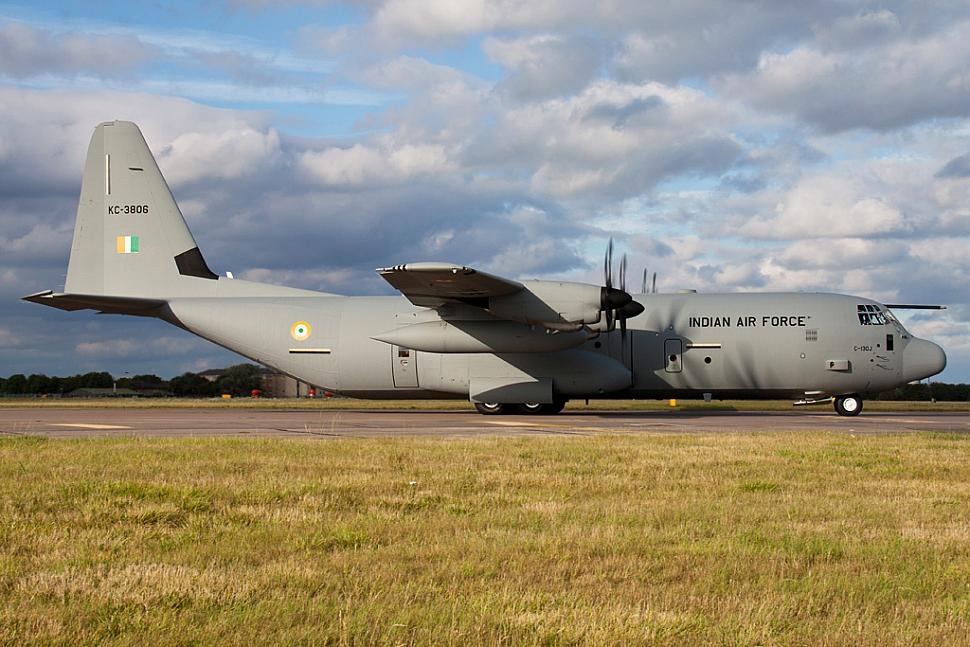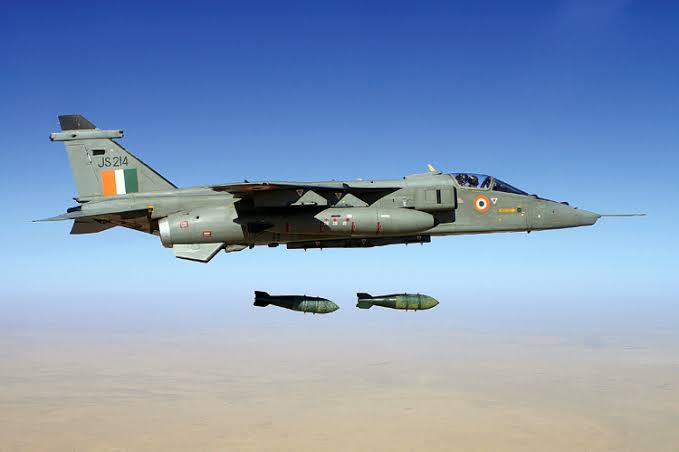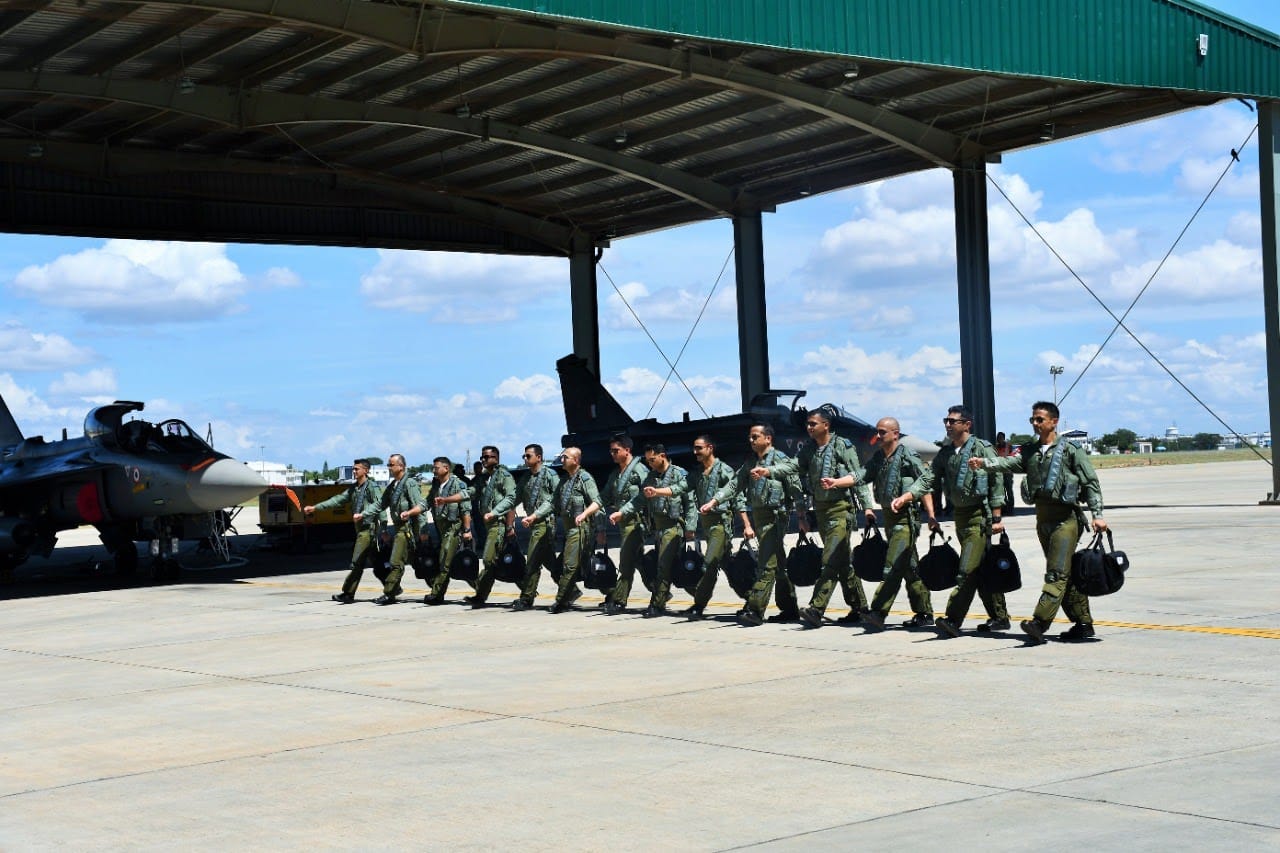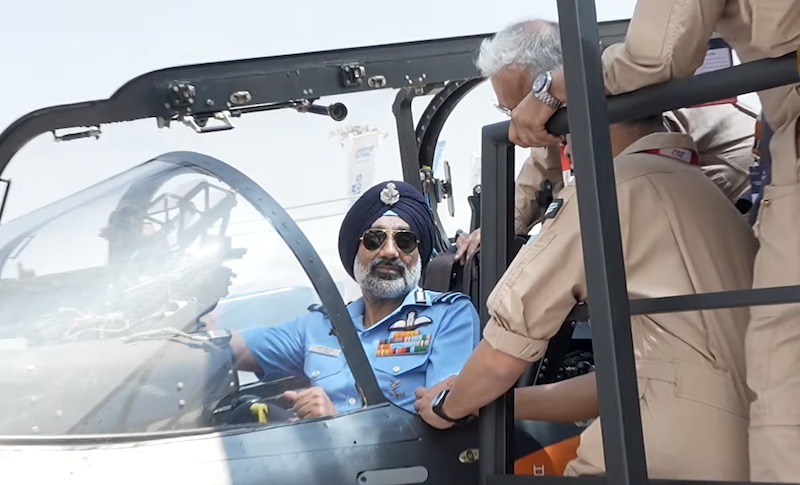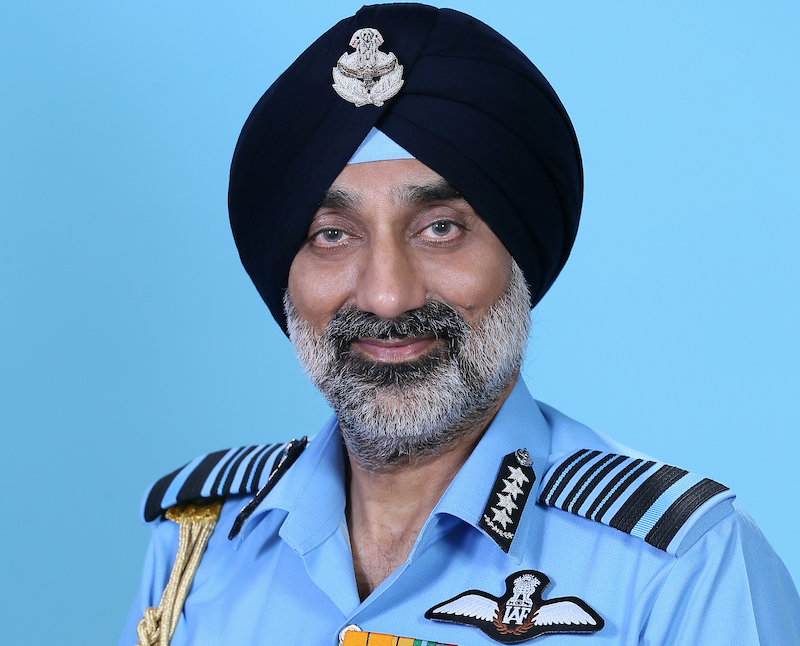 An IAF airborne early warning system. (Photo: Indian Air Force)
An IAF airborne early warning system. (Photo: Indian Air Force)
New Delhi: Seeking a comprehensive upgrade for its “eye in the sky” architecture, India’s quest to procure the highly advanced airborne intelligence, surveillance, target acquisition, and reconnaissance system (Istar) moved up a step with the Indian Air Force issuing a request for interest (RFI) seeking response from interested registered Indian vendors to provide three Istar systems with associated ground segment. Indian efforts to acquire Istar had been ongoing since 2013.
Acquisition of the Istar system would vastly enhance the battlefield-monitoring capabilities of the Indian forces and provide them with realtime data. Simply put, in today’s network-centric battlefield scenario, being armed with this real time highly processed data obtained from Istar multimode synthetic aperture radar and sensors, a commander will be able to improve his plans and execute better operations to dominate the battlefield.
What is an Istar?
An Istar is a multi-intelligence-equipped special-purpose aircraft which has the capability of gathering intelligence and carrying out surveillance, target acquisition, and reconnaissance. This is different from other airborne intelligence gathering aircrafts like Awacs (airborne warning and control system) and AEW&C (airborne early warning and control).
Istar has the capability to gather multiple intelligence through its multimode synthetic aperture radar (SAR) with aerial- as well as ground-moving target-indicator sensors, long-range oblique photography, (LOROP) and high-quality processors. It then passes them on directly to the aerial or ground forces.
In integration with UAVs and other assets, it is a massive force multiplier and can alter the course of a battle. Globally various Istar platforms are used by different forces, like Nato forces and Israel.
IAF’s demand
The IAF wants three Istar systems with the main purpose to provide accurate actionable intelligence acquired through synthetic aperture radar and sensors and disseminate it through satellite communication and various other links. The Istar systems will comprise aircraft, onboard payloads, and the associated ground segment. The jet aircraft will have a minimum ceiling of 40,000 feet and a minimum endurance of eight hours.
The range of multimode synthetic aperture radar to be 200 kilometres or more with ground-moving target indicator (GMTI) with a range of minimum 150 kilometres. The ground segment will have two fixed and four transportable ground exploitation systems.
The Indian Air Force expects that the three Istar aircraft systems will be delivered within 60 months (five years) after signing of contract.
Close on the heels of the news of the Defence Acquisition Council giving clearance to acquisition of various other intelligence and surveillance aircraft in its meeting last week, this step by the IAF may prove to be a game changer in Indian air and ground operations.



